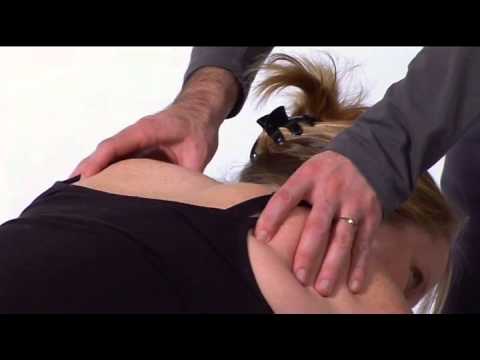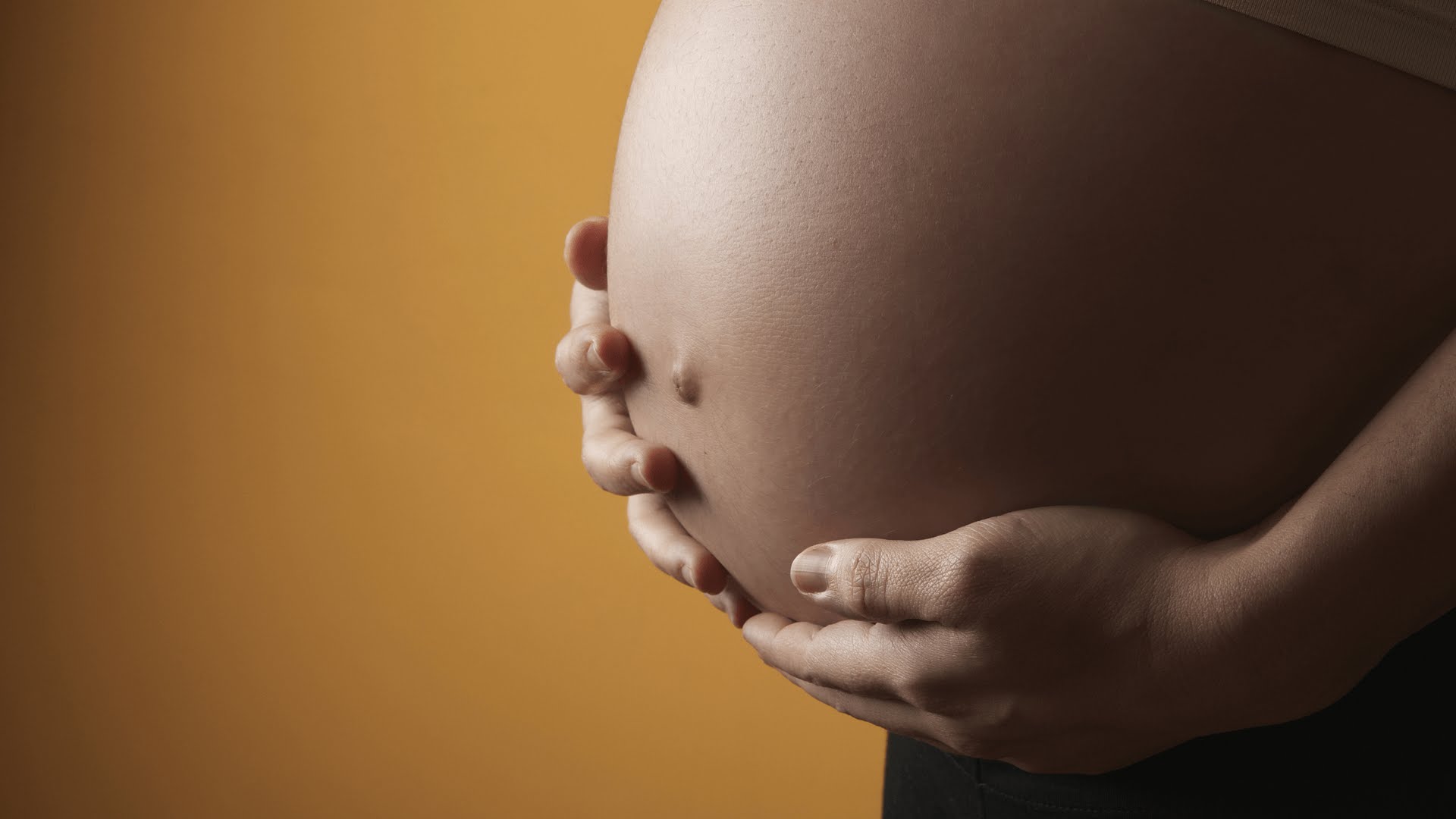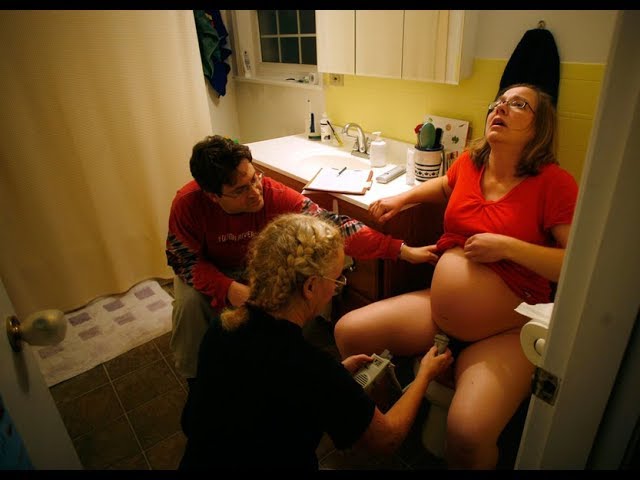Pain management during childbirth How Will You Handle Your Labor Pain ? There are a lot of things to think about if you’re expecting a baby. One big one is what labor is going to be like. How do you want to handle labor pain?
You can count on some pain. But how much could be hard to predict. Everyone is different. And even if you’ve been through it before, it might be different this time. There’s a lot going on, from your muscles contracting to the pressure on your body as your baby comes out in a vaginal birth.
You’ll have choices. Talk it over with your doctor so she’ll know what you want and you’ll know your options. Keep in mind that your choices may change when your labor starts — it might be a complicated birth or different than you and your doctor expected. It’s great to have a plan, but it’s also OK to change it if you need to. Pain During Labor and Delivery
Pain during labor is caused by contractions of the muscles of the uterus and by pressure on the cervix. This pain can be felt as strong cramping in the abdomen, groin, and back, as well as an achy feeling. Some women experience pain in their sides or thighs as well.
Other causes of pain during labor include pressure on the bladder and bowels by the baby's head and the stretching of the birth canal and vagina.
Pain during labor is different for every woman. Although labor is often thought of as one of the more painful events in human experience, it ranges widely from woman to woman and even from pregnancy to pregnancy. Women experience labor pain differently — for some, it resembles menstrual cramps; for others, severe pressure; and for others, extremely strong waves that feel like diarrheal cramps.
It's often not the pain of each contraction on its own that women find the hardest, but the fact that the contractions keep coming — and that as labor progresses, there is less and less time between contractions to relax. Preparing for Pain
To help with pain during labor, here are some things you can start doing before or during your pregnancy:
Regular and reasonable exercise (that your doctor says is OK) can help strengthen your muscles and prepare your body for the stress of labor. Exercise also can increase your endurance, which will come in handy if you have a long labor. The important thing to remember with any exercise is not to overdo it — and this is especially true if you're pregnant. Talk to your doctor about what he or she considers to be a safe exercise plan for you.
If you and your partner attend childbirth classes, you'll learn different techniques for handling pain, from visualization to stretches designed to strengthen the muscles that support your uterus. The two most common childbirth philosophies in the United States are the Lamaze technique and the Bradley method.
The Lamaze technique is the most widely used method in the United States. The Lamaze philosophy teaches that birth is a normal, natural, and healthy process and that women should be empowered to approach it with confidence. Lamaze classes educate women about the ways they can decrease their perception of pain, such as through relaxation techniques, breathing exercises, distraction, or massage by a supportive coach. Lamaze takes a neutral position toward pain medication, encouraging women to make an informed decision about whether it's right for them. https://www.youtube.com/user/ChildbirthClasses?sub_confirmation=1
https://www.youtube.com/watch?v=YGuIRhQl7gI


